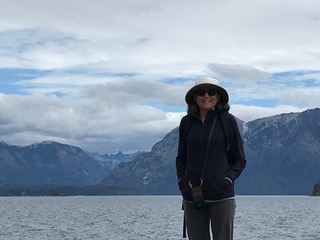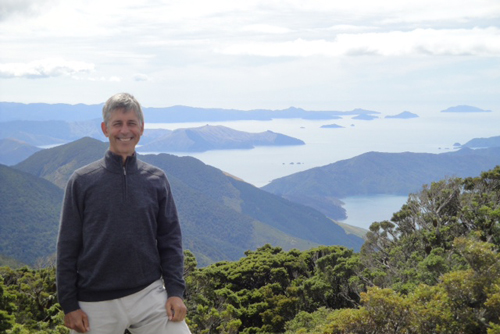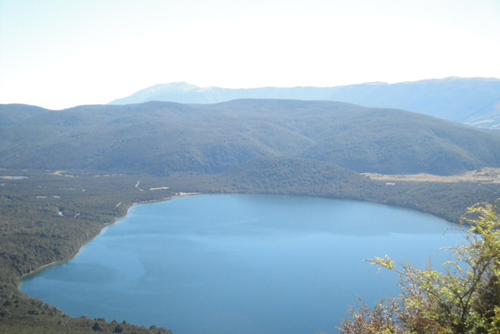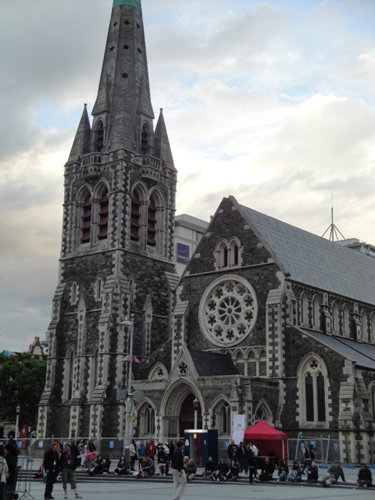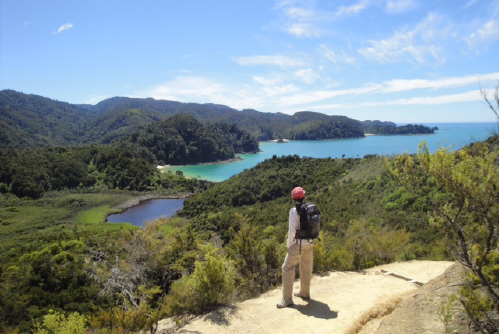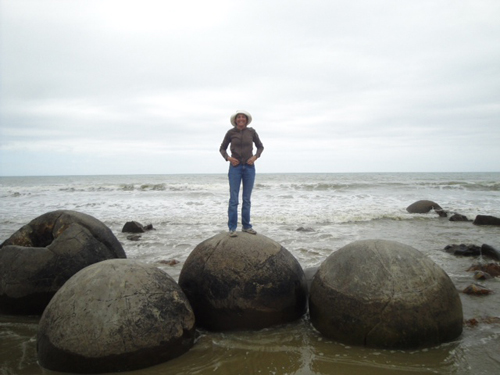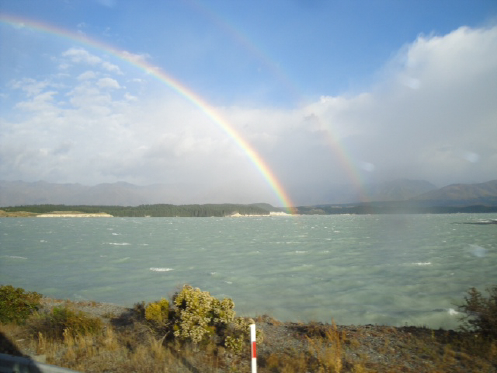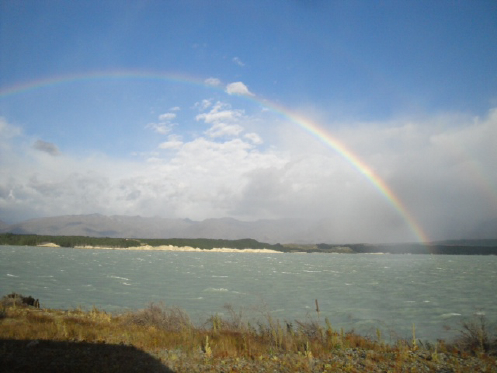Hola!
We took a boat tour with a group excursion to see around the largest lake on which Bariloche sits. Note to self: don’t go on any large group excursions, especially on a boat! The whole trip wound up taking about 8 hours counting the disembarking and walking around the two different islands. They could have done the whole thing in half that time. Waaaay too long but…
On the plus side, the lake and scenery from the boat was beautiful and the air was fresh and clean. The name of the Lake is Nahuel Huapi and has a large island, called Victoria Island, in the middle and another small island both of which we explored.
You really get a feel for the way the glaciers carved out the whole series of lakes as they came down from the Andes. The lake itself is very large (four times as large in area as the city of Buenos Aires) and over 1500 feet deep. All fresh water, right from the mountains.
One of the islands has been seeded with non indigenous species and there was a stand of coastal sequoia redwood trees at one point.


The boat we were on carried about 250 people and was built in 1937 in Amsterdam. Apparently they hauled it partly by river and partly overland to get it so far inland from the sea. Presidents Eisenhower, Clinton, and Obama all went on rides on this boat during the last many years on official visits, as did Che Guevara and other famous people I can’t remember. I’m sure they all felt it was too long also.


